Summary
- Tobey Maguire’s Spider-Man showcases Peter Parker’s personal struggles, growth, and unwavering sense of responsibility.
- Over the years, key scenes have shaped Maguire’s character, contributing to the enduring legacy of his portrayal.
- Maguire’s Spider-Man is defined by iconic moments that highlight his journey from a troubled teen to a selfless hero.
Tobey Maguire’s portrayal of Spider-Man in Sam Raimi’s groundbreaking trilogy left an indelible mark on the superhero genre, capturing the essence of Peter Parker’s journey from an awkward teenager to a seasoned superhero. Across several Marvel movies, Maguire’s Spider-Man is defined by a series of powerful scenes that not only highlight his heroics but also delve deep into his personal struggles, growth, and unwavering sense of responsibility. These scenes collectively paint a vivid picture of a character who is as human as he is heroic.
Tobey Maguire first played Spider-Man in 2002’s Spider-Man, before reprising the role in the Spider-Man sequels. Years later, Maguire joined the MCU timeline and appeared alongside fellow Spider-Man actors in the MCU’s triumphant Spider-Man: No Way Home. Throughout all of these, key moments shaped his character and contributed to the franchise’s enduring legacy. Through these scenes, we gain a deeper understanding of what makes Maguire’s Spider-Man a beloved and quintessential portrayal of the iconic superhero.
Related
Every Marvel Cinematic Universe Movie Ranked Worst To Best
Over 15 years and 33 movies, the Marvel Cinematic Universe movies have redefined blockbuster cinema. But how do all the films stack up?
10 Pater Parker Misses The Bus
Spider-Man (2002)
The opening scene of Spider-Man (2002) is crucial for setting the stage for Tobey Maguire’s portrayal of Peter Parker. It introduces viewers to a young, awkward high school student navigating the complexities of adolescence. In this scene, Maguire’s portrayal emphasizes Peter’s sense of inferiority and his longing for something more. His experiences with school bullies and his unrequited crush on Mary Jane Watson underscore his feelings of inadequacy and isolation.
This dynamic lays the groundwork for his character arc, showing that, despite his current limitations, he possesses an inherent decency and a desire to do more with his life. This opening sequence is pivotal as it not only grounds the character’s humble beginnings but also prepares the audience for his transformation into Spider-Man. The contrast between Peter’s pre- and post-power persona highlights the depth of his character development throughout the film.
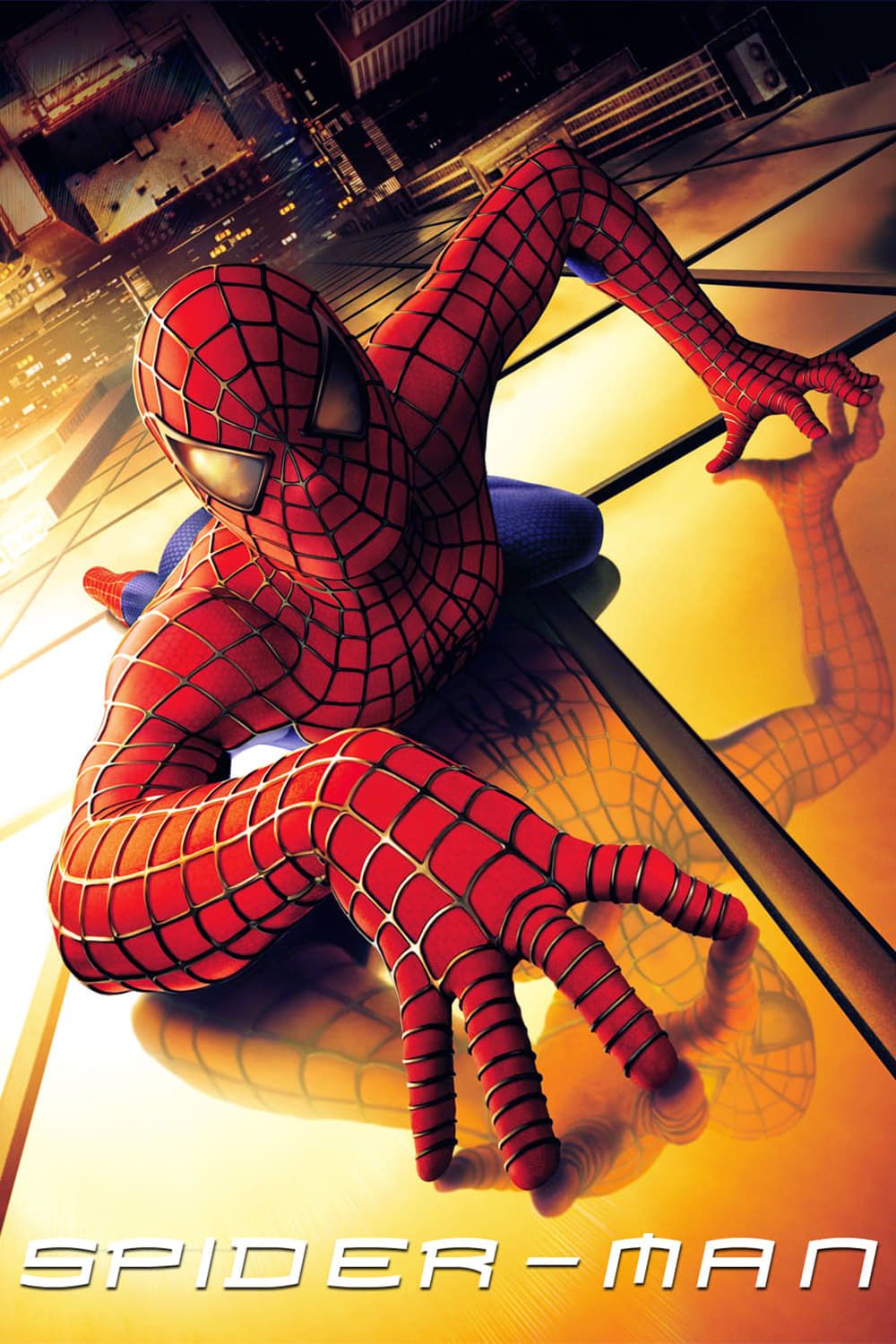
Spider-Man (2002)
Spider-Man is the first film in Sam Raimi’s trilogy starring Tobey Maguire as Peter Parker. Released in 2002, the film introduced superhero fans to a live-action Norman Osborn, played by Willem Dafoe, who is transformed into his villainous alter ego, Green Goblin, after being forced out of Oscorp Industries. At the same time, Peter Parker is grappling with his newfound abilities as the iconic wall-crawler.
- Release Date
- May 3, 2002
- Runtime
- 121 Minutes
2:37

Related
10 Scenes That Most Define Spider-Man’s MCU Story
Spider-Man’s story in the Marvel Cinematic Universe has been marked by several iconic moments that neatly capture his character and themes.
9 Peter Parker Is Bitten
Spider-Man (2002)
In Spider-Man (2002), the scene where Peter Parker is bitten by the radioactive spider is a turning point in Tobey Maguire’s Spider-Man arc. This moment is crucial as it marks the transition from Peter’s ordinary life to his extraordinary one. The spider bite triggers his transformation into Spider-Man and symbolizes the start of his journey from a troubled teenager to a superhero with a sense of responsibility.
The scene is significant because it catalyzes Peter’s personal evolution as well as his superhero journey. The scene includes essential aspects of Maguire’s Spider-Man, including his love for MJ and his difficulty fitting in with his fellow students. His struggle to balance his ordinary life with his new powers establishes the essence of his character arc: the transition from a self-focused individual to a hero driven by a sense of duty.
8 “With Great Power…”
Spider-Man (2002)
The scene in Spider-Man (2002) where Uncle Ben delivers the iconic line, “With great power comes great responsibility,” is pivotal for Tobey Maguire’s Spider-Man. Uncle Ben’s words, delivered with heartfelt gravity, crystallize the moral foundation of Peter’s journey and establish the guiding principle that defines his character. This scene is crucial as it transforms Peter’s understanding of his abilities from mere gifts into profound responsibilities.
Maguire’s performance effectively captures Peter’s emotional turmoil and dawning realization that his powers must be used to help others, not for self-interest. The gravity of Uncle Ben’s advice becomes a driving force behind Peter’s evolution from a self-centered teenager into a conscientious superhero. The phrase “With great power comes great responsibility” has become an enduring mantra for Spider-Man, encapsulating his core values and guiding his actions throughout the film and beyond.
7 Uncle Ben Dies
Spider-Man (2002)
Uncle Ben’s death in Spider-Man (2002) is a crucial moment for Tobey Maguire’s Peter Parker, serving as the emotional and moral stimulus for his transformation into a superhero. This tragic scene occurs after Peter uses his newfound powers for personal gain, inadvertently allowing a criminal to escape, who then fatally wounds Uncle Ben. The impact of this moment is profound, as Peter arrives too late to save his beloved uncle, experiencing an intense wave of guilt and grief.
Maguire’s performance captures the raw emotional devastation Peter feels, marking a turning point in his character arc. Uncle Ben’s death forces Peter to confront the consequences of his actions and solidifies the lesson that “with great power comes great responsibility.” This scene propels Peter to embrace his role as Spider-Man, driven by the desire to prevent others from suffering similar losses.
6 Spider-Man Saves MJ And The Kids
Spider-Man (2002)
The scene in Spider-Man (2002) where Spider-Man saves Mary Jane Watson and a cable car full of children is an important moment for Tobey Maguire’s portrayal of the character. Confronted by the Green Goblin, Peter faces a “sadistic choice” – to save either Mary Jane or the children. In a heart-pounding sequence, Peter manages to rescue both, demonstrating his quick thinking, bravery, and unwavering commitment to protecting others, regardless of the personal cost.
This moment is critical in Peter’s transition from a fledgling hero to a fully realized superhero. It signifies his ability to handle complex, high-stakes situations, reinforcing his dedication to using his powers selflessly. The scene showcases Spider-Man’s growth, reflecting his acceptance of the responsibilities that come with his abilities. By saving both Mary Jane and the children, Peter proves that he embodies the true spirit of a hero.
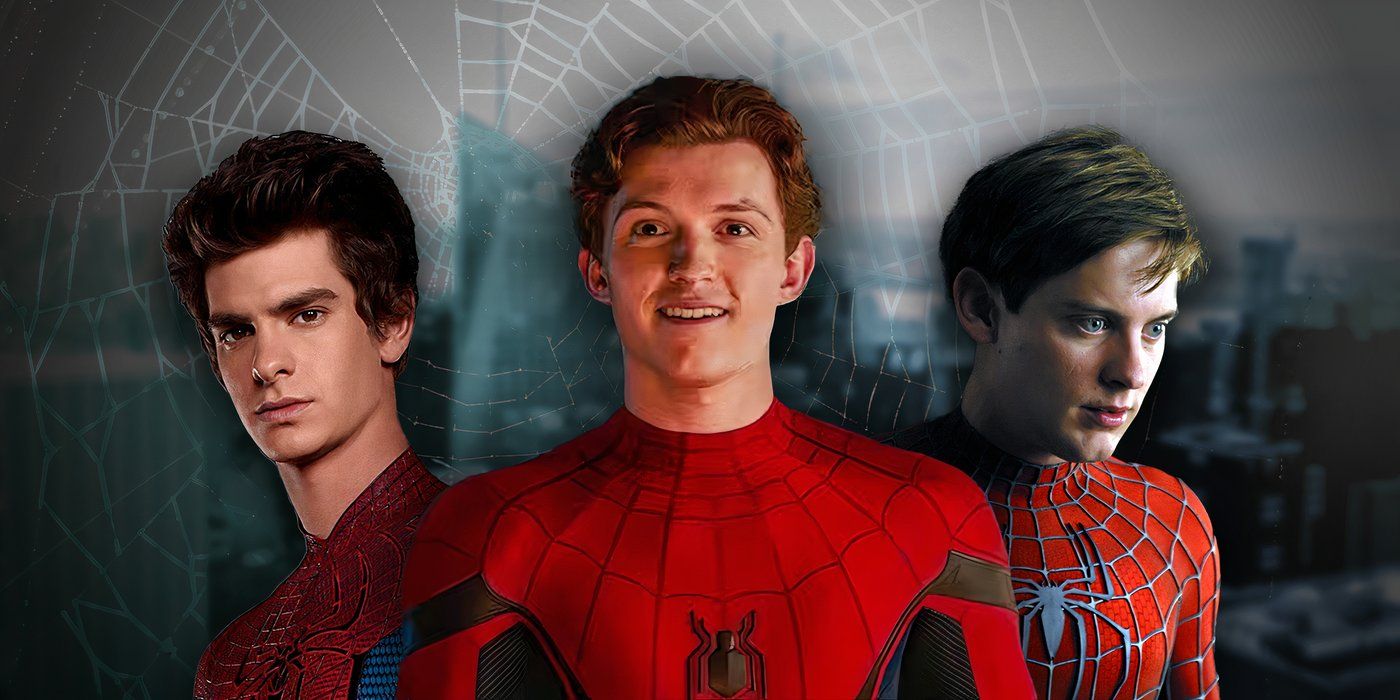
Related
10 Best Spider-Man Movie Deleted Scenes
The Spider-Man movies are one of the longest-running Marvel movie franchises, boasting a litany of great deleted scenes that shouldn’t have been cut.
5 “Brilliant But Lazy”
Spider-Man 2
The scene where Dr. Otto Octavius calls Peter Parker “brilliant but lazy” in Spider-Man 2 is a defining juncture for Tobey Maguire’s character. This interaction takes place during a meeting arranged by Harry Osborn, where Octavius critiques Peter’s academic performance, unaware of the dual life he leads as Spider-Man. This remark encapsulates the external perception of Peter Parker, highlighting the struggle he faces in balancing his responsibilities.
While the world sees Peter as a talented but underachieving student, they remain oblivious to the sacrifices he makes as a superhero. Octavius’ comment underscores a key theme in Peter’s character arc – the challenge of maintaining personal relationships, academic commitments, and his role as Spider-Man. It emphasizes the invisible burden Peter carries, striving to excel in all areas of his life while protecting the city.
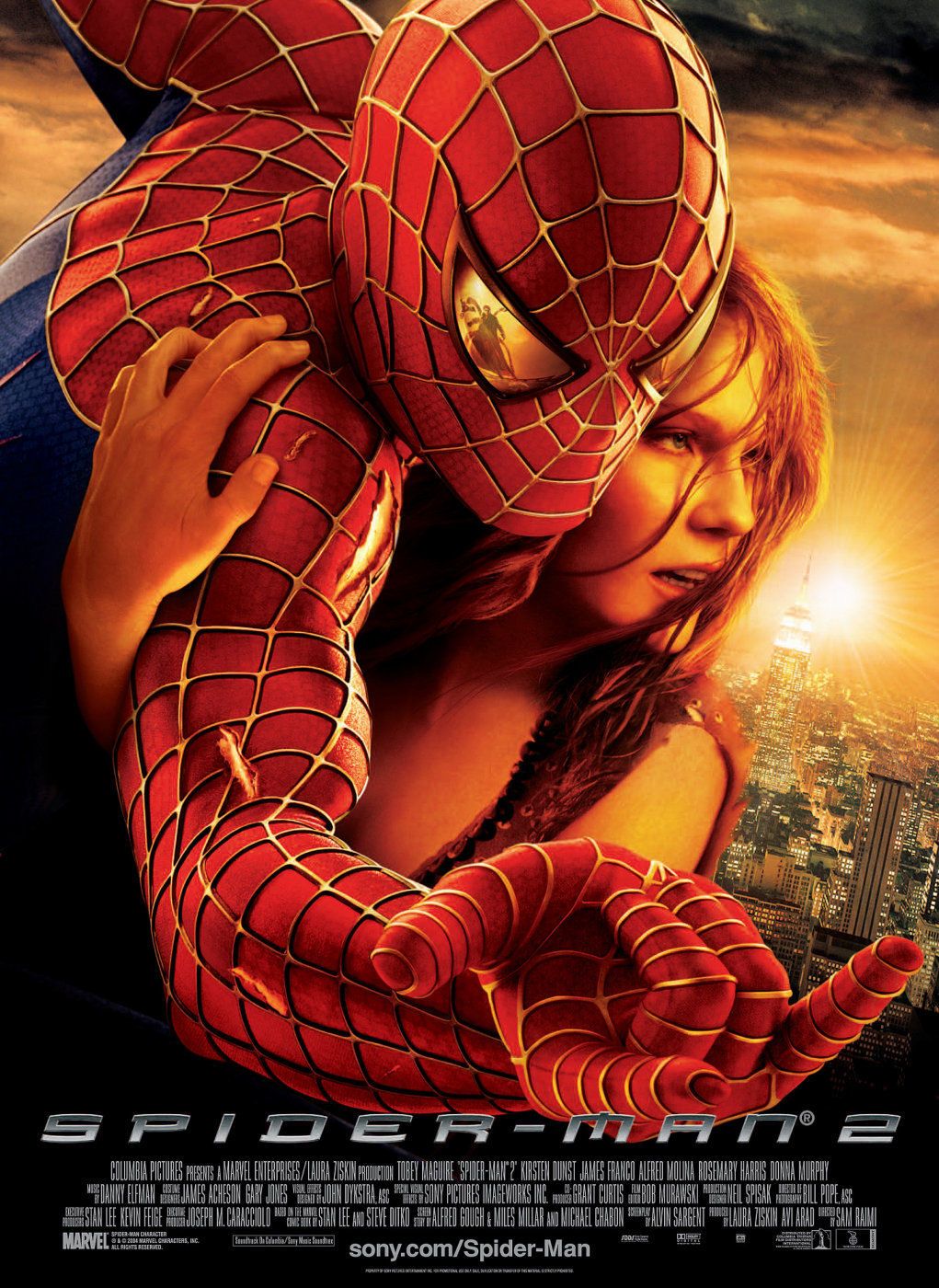
Spider-Man 2
After defeating the Green Goblin, Tobey Maguire’s Spider-Man struggles with self-doubt in both his superhero career and his personal life. But when Alfred Molina’s Doctor Octopus threatens Peter Parker’s loved ones, the web-crawler must stay true to his heroic purpose and don the mask once again in this second installment of Sam Raimi’s Spider-Man trilogy.
- Release Date
- June 30, 2004
- Runtime
- 127 minutes
4 Spider-Man No More
Spider-Man 2
In Spider-Man 2, the scene where Peter Parker decides to give up being Spider-Man is a critical moment in Tobey Maguire’s portrayal of the character. Overwhelmed by the relentless pressures of his double life and his failure to maintain his everyday responsibilities, Peter reaches a breaking point. He chooses to abandon his superhero persona, hoping to reclaim some semblance of normalcy.
This decision is underscored by Peter’s poignant declaration, “I’m Spider-Man no more,”adapting the famed Spider-Man comic. Maguire’s performance vividly captures Peter’s inner turmoil and exhaustion, conveying the heavy burden of his responsibilities. Peter’s temporary abandonment of his superhero identity allows him to reassess his values and priorities, ultimately leading to a deeper understanding of his role. It marks a critical step in his journey, reinforcing the notion that true heroism lies in the willingness to bear the weight of responsibility, despite personal hardships.
3 MJ Finds Out He’s Spider-Man
Spider-Man 2
In Spider-Man 2 (2004), the moment Mary Jane Watson learns that Peter Parker is Spider-Man is a pivotal scene for Tobey Maguire’s character and a major development in their relationship. This revelation occurs during the film’s climactic battle with Doctor Octopus when Peter removes his mask to save both MJ and the city. MJ’s discovery of Peter’s secret identity is crucial as it resolves much of the tension and misunderstanding that has plagued their relationship.
Throughout the movie, Peter’s constant disappearances and inexplicable behavior strained their bond, leaving MJ confused and hurt. This revelation deepens their connection, as MJ finally understands the magnitude of Peter’s responsibilities and the reasons behind his previous actions. It also signifies a turning point where Peter can no longer hide behind his superhero persona, leading to a more honest and open relationship.
2 Harry Osborne Dies
Spider-Man 3
Harry Osborn’s death in Spider-Man 3 is a critical moment for Tobey Maguire’s Spider-Man, marking a significant upheaval in Peter Parker’s life. This emotional scene unfolds after the climactic battle against Sandman and Venom, where Harry sacrifices himself to save Peter, ultimately succumbing to his injuries. Harry’s death is pivotal as it brings a complex and tumultuous friendship full circle. Throughout the trilogy, Peter and Harry’s relationship is marred by betrayal, misunderstandings, and the legacy of their fathers’ enmity.
This scene is crucial as it signifies reconciliation and redemption. Harry’s act of heroism not only redeems his character but also allows for a poignant reconnection with Peter. In his final moments, Harry acknowledges their friendship and expresses forgiveness, providing closure to their strained relationship. Harry’s death profoundly affects Peter, underscoring the recurring theme of sacrifice and the heavy toll of being Spider-Man.
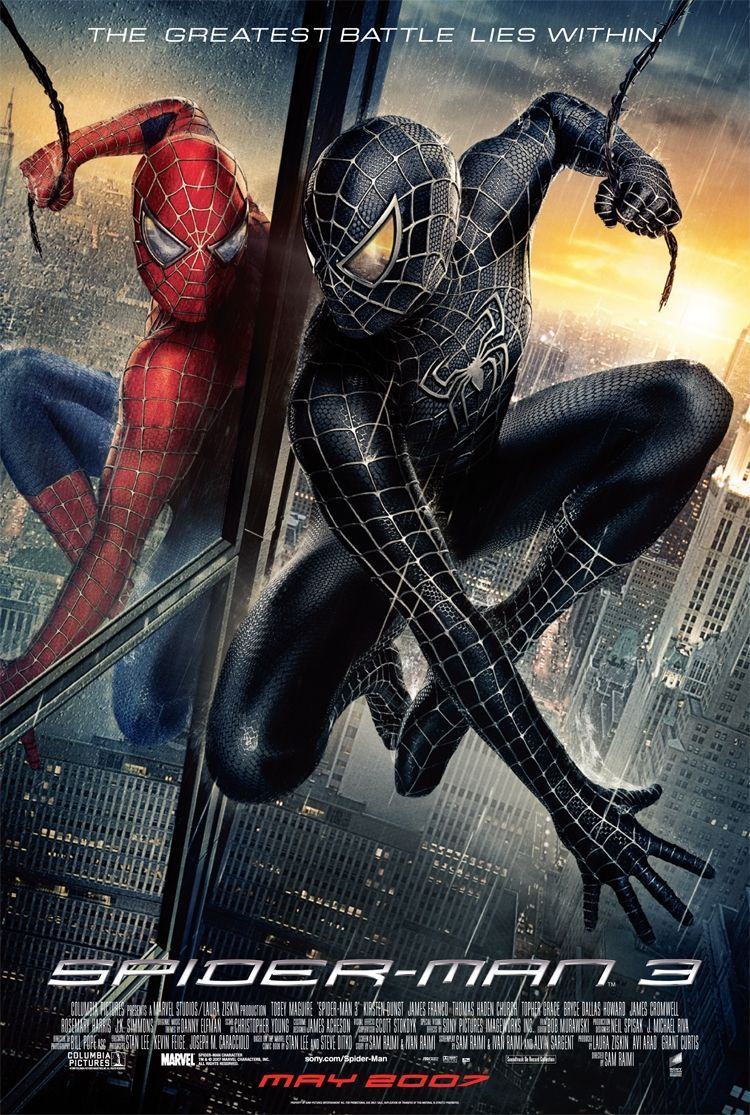
Spider-Man 3
The third film in Sam Raimi’s Spider-Man trilogy, Spider-Man 3 sees the Marvel hero face some of his most iconic enemies. Peter Parker’s life is turned upside down by the arrival of an alien symbiote, even as his former friend Harry Osborn prepares to assume the mantle of the Green Goblin and his uncle’s killer gains superpowers after escaping from prison. Starring Tobey Maguire as Spider-Man alongside Kirsten Dunst, James Franco, Topher Grace, and Thomas Haden Church.
- Release Date
- May 4, 2007
- Runtime
- 139 minutes
1 Teaming Up With Spider-Men
Spider-Man: No Way Home
The Statue of Liberty scene in Spider-Man: No Way Home is a spectacular celebration of Spider-Man’s cinematic legacy, bringing Tobey Maguire together with Andrew Garfield and Tom Holland’s Spider-Men. The climactic battle honors their individual stories while uniting them in a shared purpose. This iconic setting serves as the backdrop for a showdown against villains from their respective universes, symbolizing the convergence of different Spider-Man eras.
Maguire’s return as the seasoned Spider-Man provides a nostalgic and heartfelt tribute to his original trilogy, allowing audiences to witness his matured and wise character once more. His interactions with Garfield and Holland’s Spider-Men are filled with poignant moments that acknowledge the unique journeys each Spider-Man has undertaken. Maguire’s Spider-Man offers guidance and support, bridging the generational gap and reinforcing the character’s enduring appeal. This proffered the perfect finale for Tobey Maguire’s iconic performance as Spider-Man.
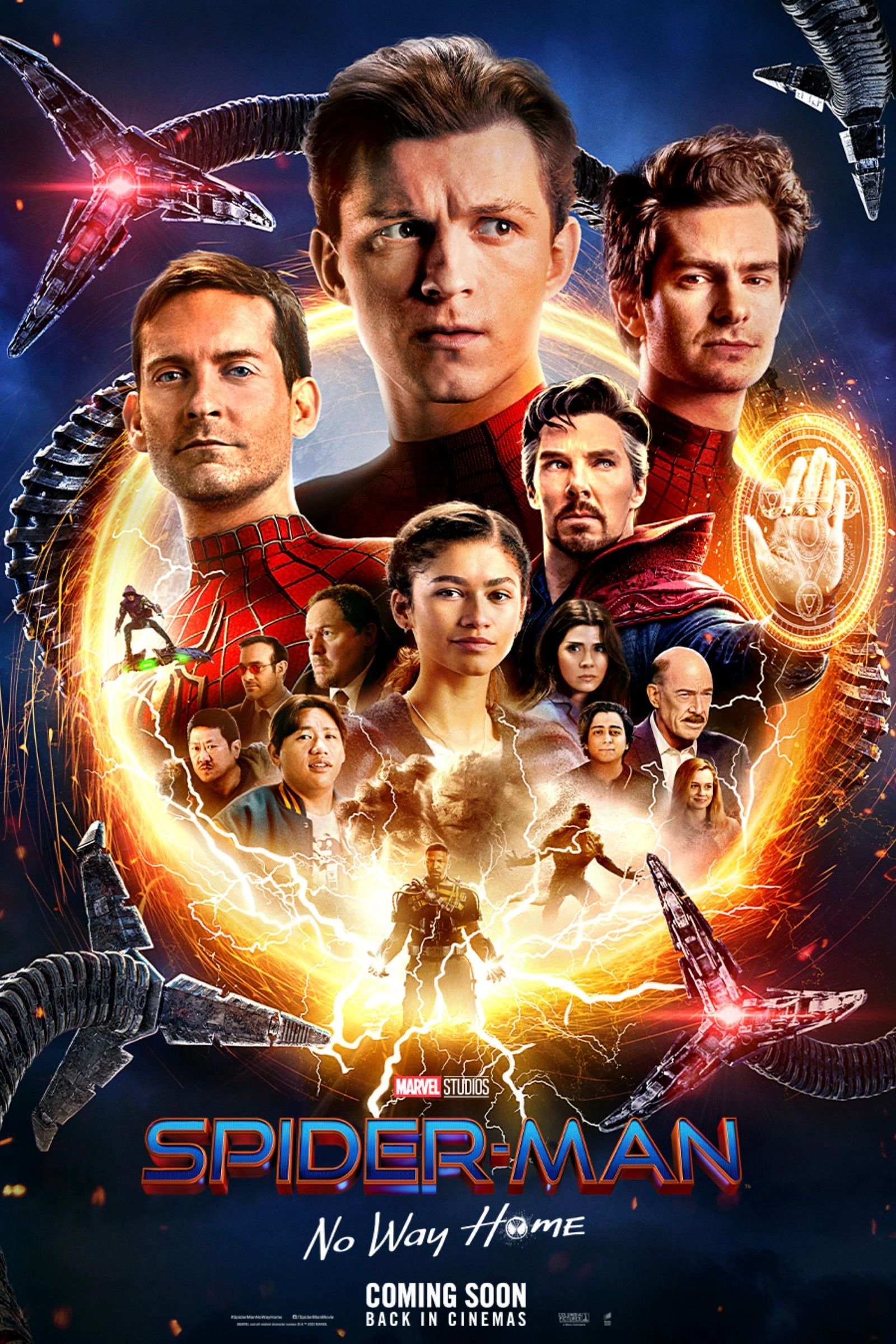
Spider-Man: No Way Home
For the first time in the cinematic history of Spider-Man, our friendly neighborhood hero is unmasked and no longer able to separate his normal life from the trials and tribulations of being a superhero. In Spider-Man: No Way Home, Peter Parker (Tom Holland) asks for help from Doctor Strange (Benedict Cumberbatch) when his identity becomes a problem for the ones he loves. Unfortunately, when the spell goes wrong, Spider-Man will now have to face off with villains such as Doctor Octopus (Alfred Molina) and Electro (Jamie Foxx) as Peter finally comes to terms that he can’t run from being Spider-Man. Supported by his close friends and help from an unexpected place (or multiverse), Spider-Man will go toe-to-toe with some of the most legendary foes in his storied history.
- Director
- Jon Watts
- Release Date
- December 17, 2021
- Runtime
- 148 Minutes





